Believe it or not, there are all sorts of animals brought up on organic farms all over the U.S. I have seen some interesting choices of animals along with pretty good reasons to raise them on farms. Just the other day I drove past a small farm that had cows, sheep and two camels. I couldn’t believe my eyes and had to find out why this little farm in the southern United States had camels. I decided to do some research on non-traditional farm animals and compiled this list of reasons why they’re beneficial to raise on farms.
Non-Traditional Farm Animals | 10 Uncommon Animals Found on The Farm
1. Camels
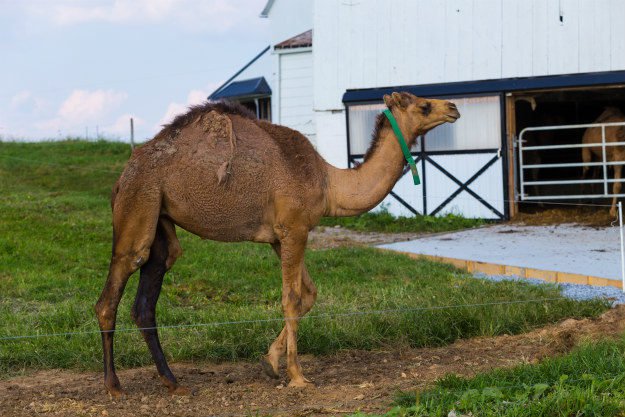
Talk about non-traditional farm animals! When we think of camels, we usually picture them in a desert scene. Some farmers in the U.S. are actually raising them, though. I found out that camel’s milk is considered a superfood. It’s the closest to human milk than any other animal’s milk. Their milk is rich in B vitamins, iron and many other vitamins and minerals that are beneficial to humans. Even people that are lactose intolerant can drink camel’s milk, so it is being looked into further as a substitute.
2. Crayfish
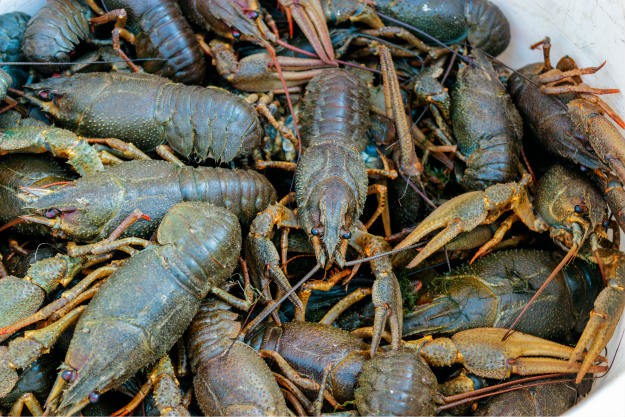
Crayfish are also known as mudbugs, crawfish and crawl-dads. It turns out that adding freshwater crayfish to your pond is beneficial in more than one way. If you don’t have a pond – no worries! You can raise them in fresh water aquariums, too. Crayfish are pretty decent filter feeders, so they help filter the water and can somewhat control algae and weeds. It’s a win-win situation if you enjoy the taste of these miniature lobsters. Harvest these babies when they’re abundant, and you’ll have a tasty feast AND a cleaner pond.
3. Prawn
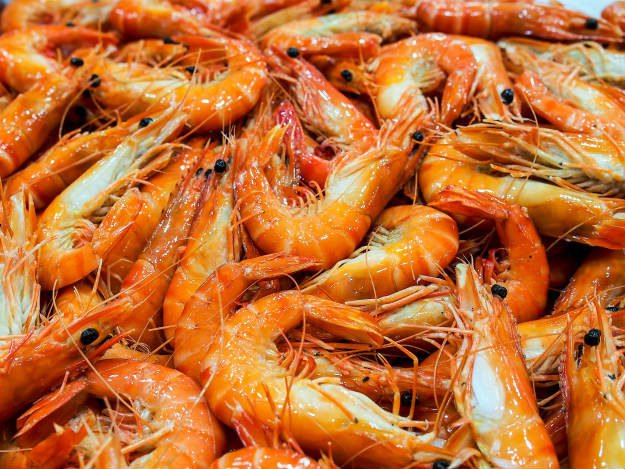
These little fresh water shrimp are moneymakers. Think about it, as a farmer who is miles away from an ocean, wouldn’t it be great to produce freshwater shrimp for yourself and your community? No ocean, no problem. Prawns can go right into your pond or an aquarium. There are actually huge farms designed specifically to raise them.
4. Mangalitsa
This Hungarian breed of pig is becoming a new favorite for many reasons. They look like tiny sheep with a pig’s face, feet and tail. Their fur makes them more cold hardy than other breeds, as well as, making them adorable. The meat has a nice marble to it and a wonderful flavor that master chef’s request. They make great free-range animals because they love to forage and dig grubs.
5. The Minis
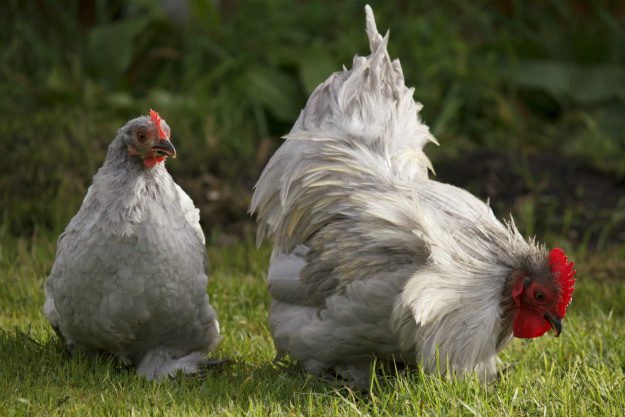
These animals are perfect for those of you who are farming with limited space or for those who just love miniature animals. You can raise mini cows, horses, goats, sheep, oxen and the well-known Bantam chicken. The miniatures are good for farmers who can’t handle a 2-ton creature. They’re also great for the little ones who want to learn.
6. Ostrich
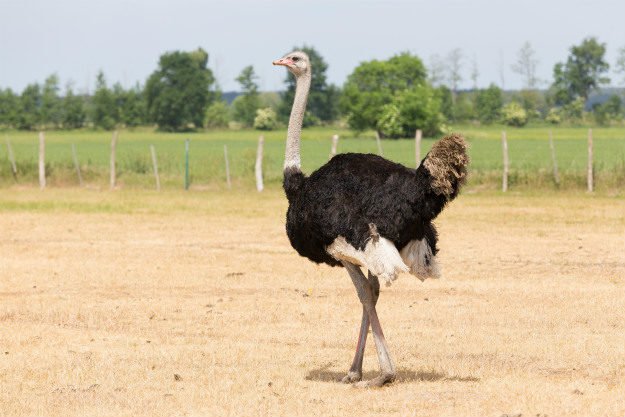
In some Natural Food stores you will find ostrich legs. If you’ve seen them, then you know that they’re huge. A lot of people in the U.S. raise ostriches for the massive 5-pound eggs they lay. One ostrich egg can feed almost 10 people. It equals close to 2 dozen chicken eggs.
7. Emu
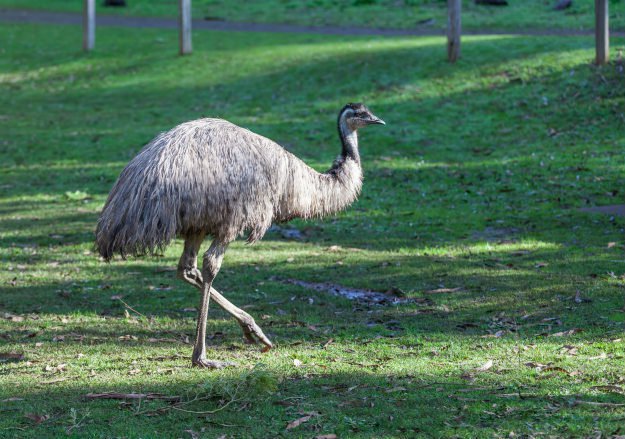
The emu is also farmed for the size of its eggs. Their eggs are a little smaller than ostrich eggs, but they still equal almost a dozen chicken eggs. The emu’s eggs are used for artwork. They have a beautiful green exterior, a blue interior and a white base. Many artists like to etch and carve these eggs.
8. Angora Goats

These goats have beautiful flowing fur similar to an angora rabbit. Farmers raise these goats specifically for their fur. Every 6 months a goat can be sheared, and its fur is sold at various prices. White hair will sell for anywhere from $3- $12 a pound and colored hair will sell for $10-$20. The hair from the younger goats is finer, so it is used to make clothing and things of that nature. The older goat’s hair is used for upholstery and carpet.
9. Llamas

Similar to the angora goat, the llama is raised for its fur. Their outer hair is coarse so it makes great rope and carpet. The inner hair is finer and used for clothes etc.
10. Alpacas
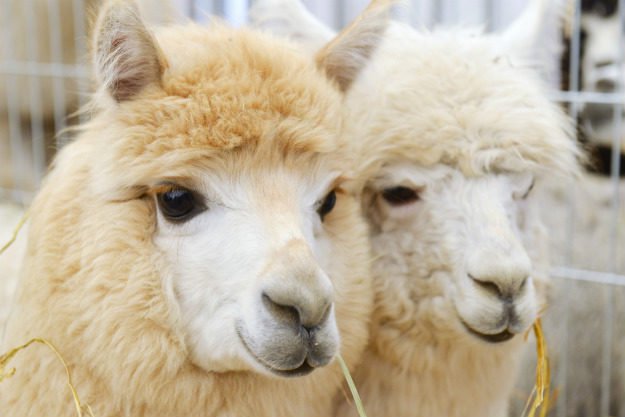
Here’s one last furry animal. Alpacas produce finer fur for fiber than a llama. They also have a softer fleece that is good for blankets, clothing and apparel. Alpacas have very colorful fur to work with.
Farms have expanded above and beyond what they used to be. You’ll find more than cows, sheep and horses on farms nowadays. These 10 uncommon animals are just a few of a long list of non-traditional farm animals. If you were interested in this list, you can find other lists of exotic, strange, unusual and rare breed animals by the dozen from gator farms to reindeer farms!

Leave a Reply